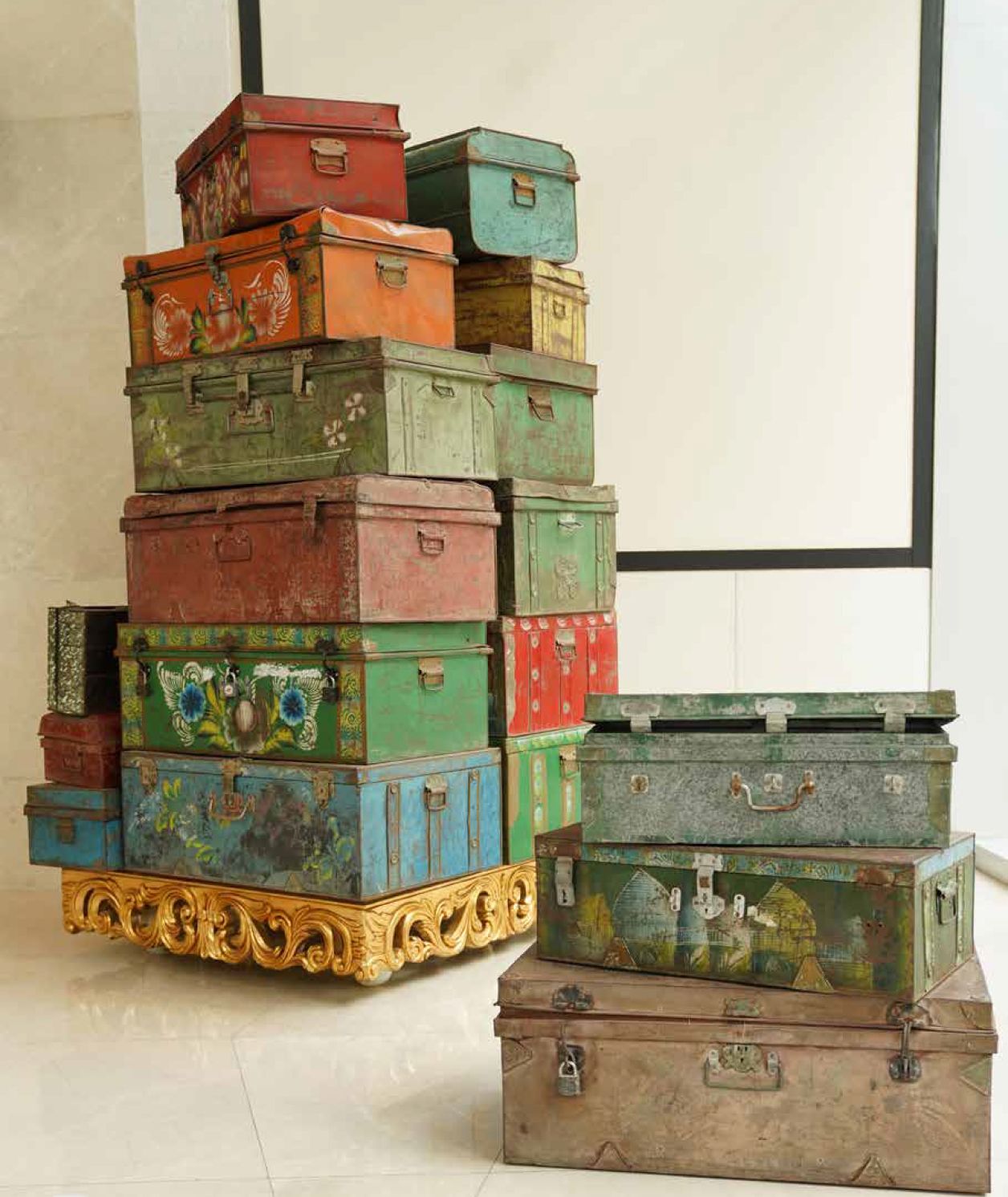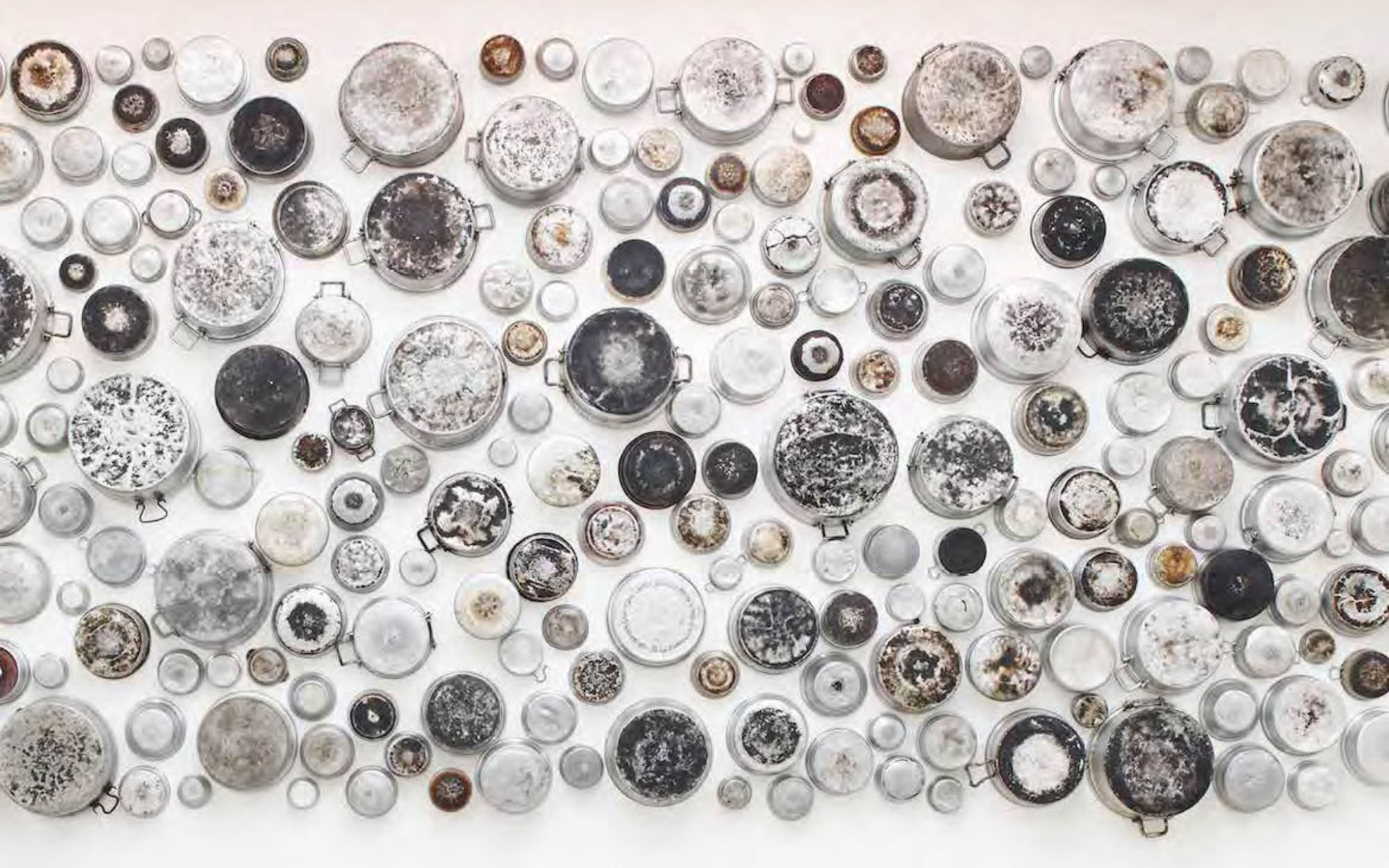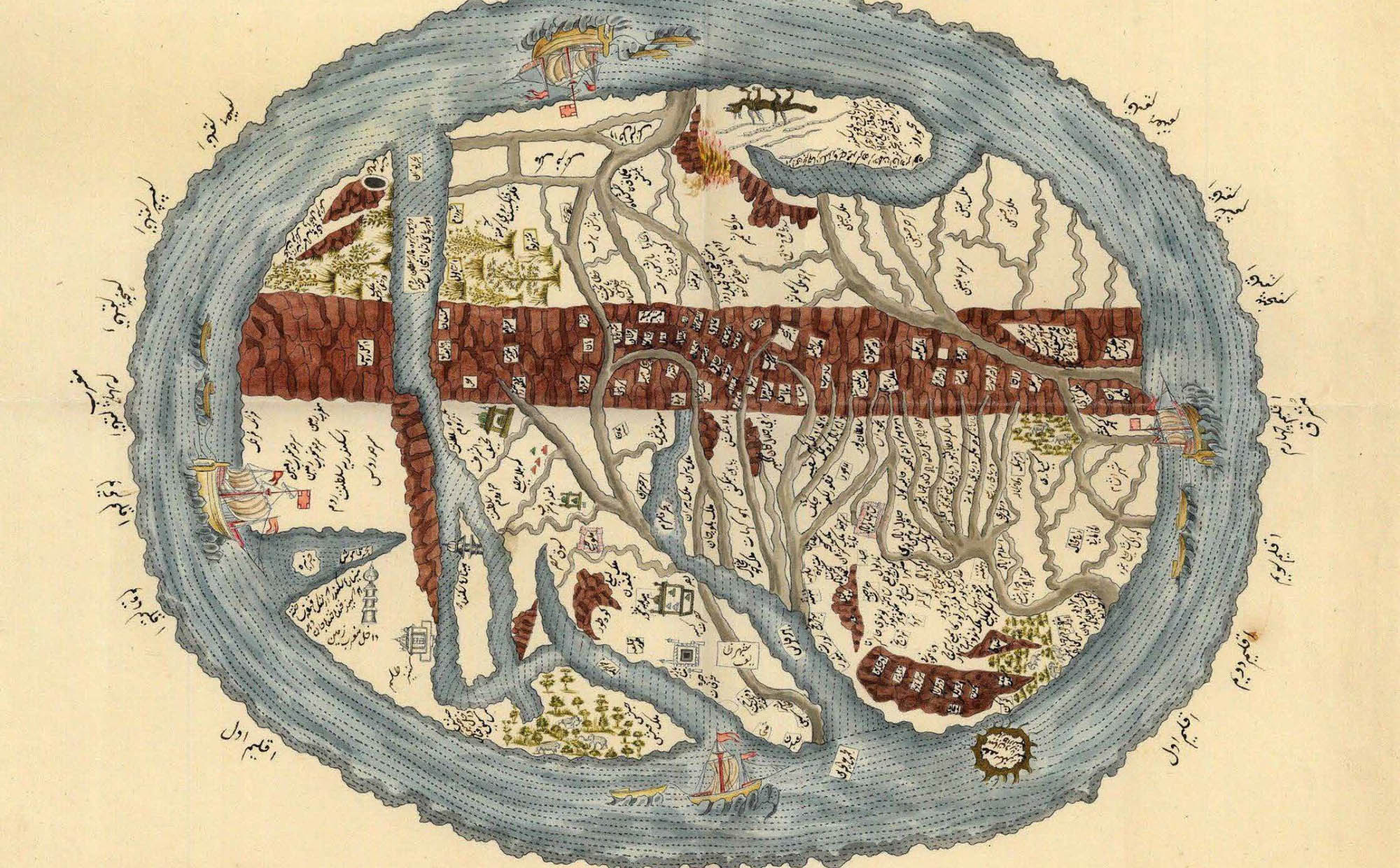The Traveling Minbar
The Berber Minbar Morocco, Middle Atlas, Morocco. Circa 1700 AD. Atlas cedar (Cedrus atlantica), pigment and iron nails. 158m x 60cm. Door arch 215 cm high. From Ithra’s collection.
An interesting tradition that became distinctive of minbars in North Africa, such as this one, was their mobility. In the Maghrib (North Africa) and Al-Andalus (or Muslim Spain), it became common practice to store the minbar in a closet built into the wall to the right of the mihrab. Because they were quite heavy, Maghribi minbars, again like this one, were built on wheels so that they could be rolled out of the closet, and wooden tracks were often laid on the carpets or mats of the mosque floor to help them travel.
The minbar has three steps, a seat, and an entrance porch surmounted by an elaborate crest. The elements of the main body are assembled from rectangular panels incised and painted with geometric motifs enhanced with dark orange and black pigments.
Each of the minbar's four stair risers show the common motif of horseshoe arches which echo the earlier minbars on which this one was based. Indeed, although this minbar was made for a small congregational mosque in the Atlas mountains, the models for this kind of minbar go back to the grand Almoravid Minbars from the Kutabiyya mosque in Marrakech and the great mosque of Cordoba.


